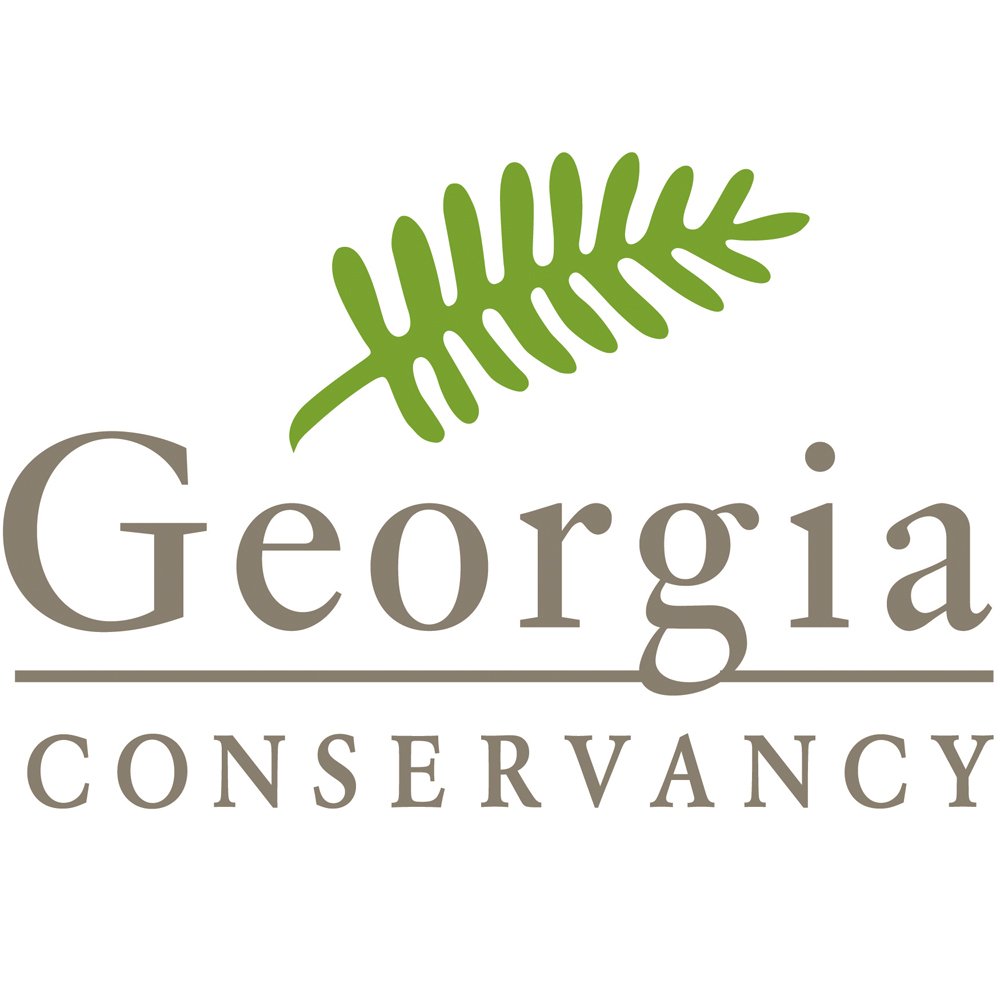A Coastal Perspective on Conservation in the Low Country
by Georgia Conservancy Coastal Director Charles McMillan
From day one in my role as the Georgia Conservancy Coastal Director, there has been a steady stream of land conservation activity on our coast. It has been nothing short of exciting to come out of the starting block and be “boots on the ground” for notable conservation efforts in the most biodiverse part of Georgia. The Georgia Conservancy has been a key player in the robust conservation and ecological restoration community on the coastal plain for almost 50 years. In its early years, the Georgia Conservancy helped protect barrier islands and large public lands, including the Okefenokee Swamp and Cumberland Island. These large wilderness areas come to mind when you think of south Georgia’s notable land conservation successes. More recently, much of our focus has been on less heralded, but equally effective, emerging practices which enhance ecological function. These include working with landowners on Wetland Reserve Easements (WREs) along our streams or coordinating ecological corridors to enhance the longleaf pine ecosystems.
The timing of my arrival worked well with the implementation of new conservation goals described in the Georgia Conservancy’s 2015 Strategic Plan and the recently adapted State Wildlife Action Plan (SWAP). The SWAP will drive much of the private, state and federal funding for landscape scale conservation and restoration over the next five years. This plan will also be used by the Georgia Conservancy to spotlight “Precious Places” and develop opportunities to collaborate with other organizations. Over the last few months, I have met with the National Resource Conservation Service (NRCS), the Georgia Environmental Finance Authority (GEFA) and the Department of Natural Resources (DNR) to review specific priorities and candidate sites. I have been impressed by the consensus of support for the science and policy expressed for the SWAP by all private, nonprofit, state and federal groups.
I have had the benefit of working from a strong backlog of diverse conservation inquiries during the last few months due to the long-term outreach of other Georgia Conservancy staff and from our statewide reputation. While we have had plenty of opportunity, choosing priorities is just as difficult in the “not-for-profit world” as it was in my previous role at an engineering firm.
One of the most enjoyable aspects of my work at the Georgia Conservancy has been the universal cooperation and support I find among the other groups that work in land conservation. An example of such support was the warm reception I have had with our coastal riverkeepers collaboration on identifying specific conservation opportunities in their respective drainage basins.
In early May at our Savannah office, the Georgia Conservancy hosted a convocation of 15 land trust and ecological restoration organizations working in coastal Georgia. This meeting was an opportunity to delve into each group’s conservation values and common areas of coordination, collaboration and partnering. This meeting was a wonderful precursor to our statewide Georgia Conservation Summit in November.
It’s no accident that our coast is among the most protected in the nation. It’s the result of proactive work from a handful of individuals and organizations. We look forward to continuing this legacy. Please let us know if you or someone you know has an interest in conserving property in Georgia’s lowcountry. We would be more than pleased to discuss and work together to assess the opportunity.
Learn more about the Georgia Conservancy's Coastal Program
Georgia Conservancy Coastal Director Charles McMillan coordinates our coastal efforts throughout the year and is the voice of the Georgia Conservancy along our coast. To contact Charles, please email cmcmillan@gaconservancy.org.




